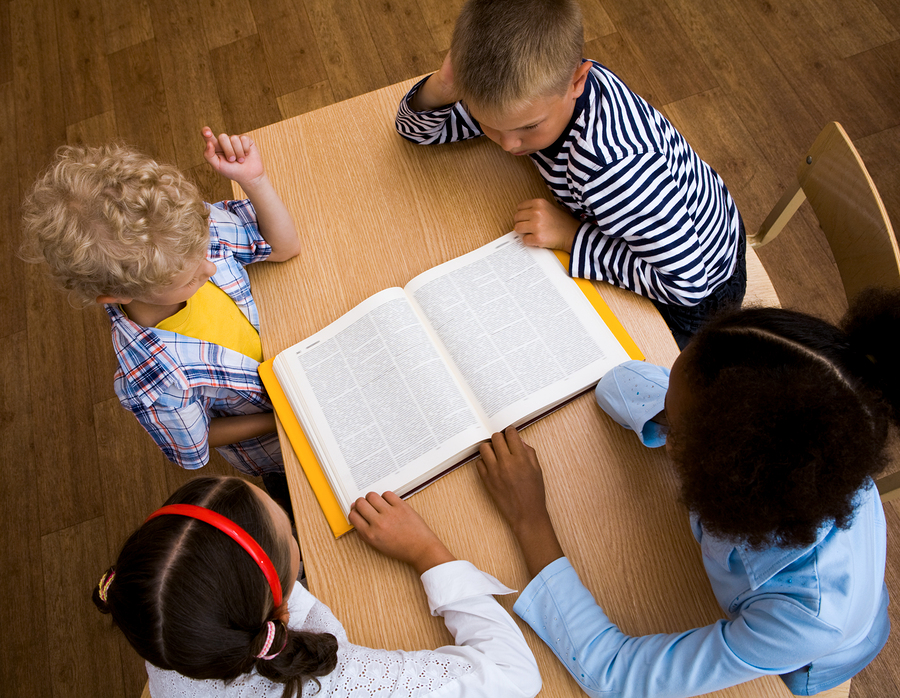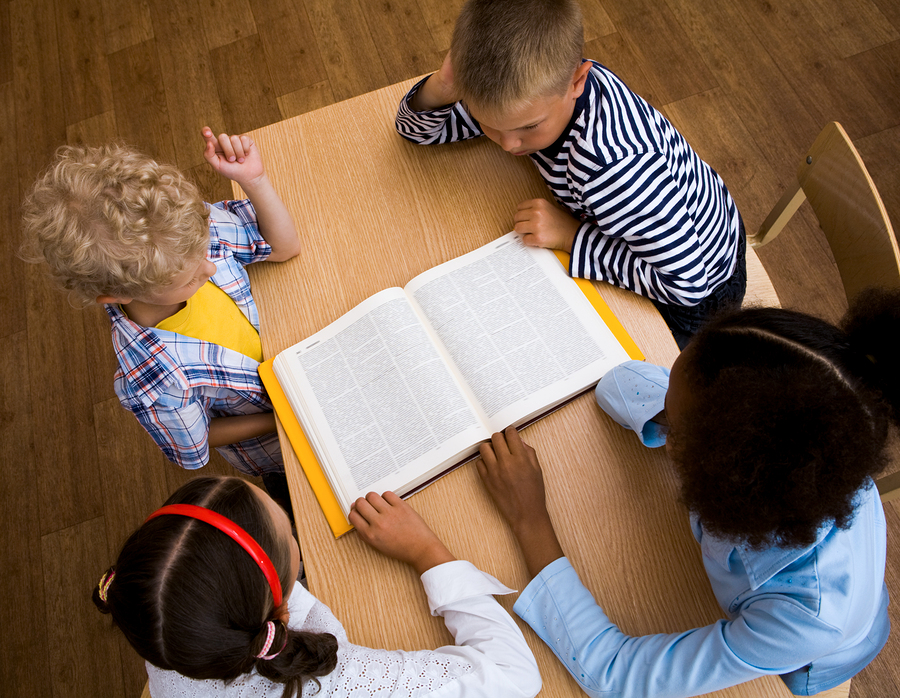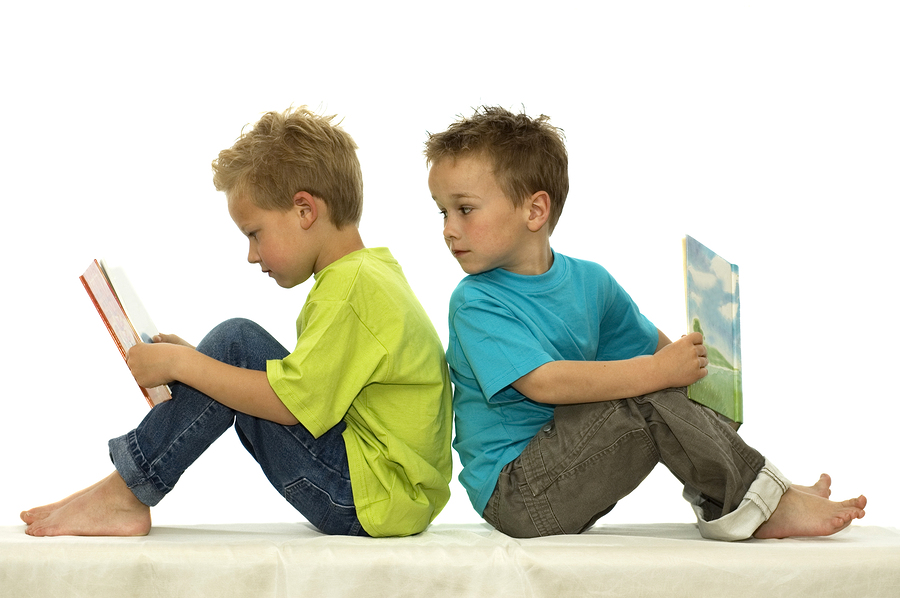The way we teach reading doesn’t take into account the science about how our brain works.
Photo: Bigstock.
Teaching and learning how to read is a complex subject, but is also fundamental for education; the majority of the educational strategies depend on students knowing how to read. It would be logical to think that teachers have just the right set of methods to make sure that all students know how to decode and register information through reading. But that is not the case.
Nonetheless, the National Council on Teacher Quality, a Washington, D.C. based think tank, reviewed the syllabi of teacher preparation programs across the country and found that only 39 percent of them appeared to be teaching the components of effective reading instruction.
What is missing from teachers’ knowledge and training to help them teach reading in a better way?
The reading-learning process
Most children can learn how to read if they are taught correctly. The big problem is that schools don’t usually have a good process to teach them, as said by Jodie Frankelli, supervisor of Early Learning in the Bethlehem district.
This problem is due to a disconnection between what the scientific community knows about how the brain works while we try to learn to read and how we integrate that knowledge into teaching strategies. “We never looked at brain research. We had never, ever looked at it. Never,” argues Frankelli.
Learning and cognitive science researchers often work in labs hosted or sponsored by universities, but in terms of spaces and logistics, their work develops in complete isolation from the day to day of the teacher in the classroom. This separation is the main reason there haven’t been any breakthroughs in the way we teach and learn to read.
>
“We never looked at brain research. We had never, ever looked at it. Never.”
Balanced literacy and old habits
Teaching reading techniques haven’t changed much since that ’90s. Back then, there were two major branches: Phonics learning and language learning.
The phonics approach consists of teaching the children the sound from every letter of the alphabet and then build words with it; language learning advocates for students to focus their learning in the meaning of full words, balanced literacy was the consensus between the two theses.
Even though there has been no substantial evidence of the language learning method for reading does help students with their reading skills, teachers give it the same weight as phonics learning.
This imbalance is one of the primary reasons the advancement in the teaching of reading has reached a stalemate, leaving science out of its role as the primary source to discover and validate teaching methods based on how our brain works and not how we think it works.
Knowledge and science to learn how to read
The first step to developing better methods for the teaching of reading is to encourage teachers to retake teaching methods backed up by science as a base for the educational programs on the subject.
Once that foundation is well established, other secondary approaches must be considered to maximize the children learning potential and cover those who could struggle with just one method.
Even if we are talking about phonics, one of the most effective methods up to date, it can’t be 100% effective with all students. To truly understand what they read, they need knowledge and context of the subject they are learning.
Activities like reading books to children out loud, talking to them about the subject at hand, guide them through experiences related, so they can form a concept of whatever they are about to read, makes the decoding process much easier for them.
Teachers’ flexibility to adapt to new, more versatile programs to teach students how to read will be crucial if we want to raise the bar and give them better tools to master one of the most basic and necessary tasks in education: knowing how to read.
This article from Observatory of the Institute for the Future of Education may be shared under the terms of the license CC BY-NC-SA 4.0 
)
)







)
Sofía García-Bullé
Sofía García-Bullé
Sofía García-Bullé